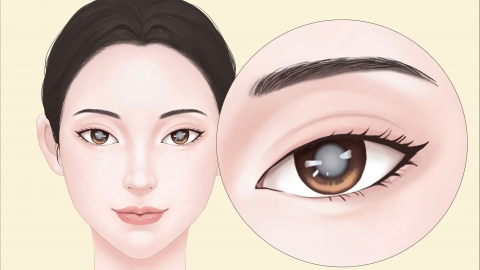What symptoms can cataracts cause?
Generally, cataracts may present symptoms such as decreased vision, reduced contrast sensitivity, glare, color vision abnormalities, double vision, or multiple images. A detailed analysis is as follows:

1. Decreased Vision
Due to lens opacity, light cannot clearly focus on the retina. Patients may experience increasingly blurred vision—for example, distant objects or text that were previously clear may gradually appear blurry.
2. Reduced Contrast Sensitivity
Patients experience a decreased ability to perceive differences in brightness and color, making it difficult to distinguish subtle differences and boundaries of objects. For instance, in dimly lit environments, it may be difficult to differentiate dark objects from their background.
3. Glare
During cataract formation, lens opacity causes light to scatter. When patients are in bright light environments, such as facing car headlights or direct sunlight, scattered light interferes with normal visual signals, causing glare. Patients may find the light harsh and perceive halos around light sources.
4. Color Vision Abnormalities
Lens opacity may affect the transmission and scattering of light, causing color perception to become distorted. Colors may appear less vivid and bright, instead appearing dull and yellowish.
5. Double Vision or Multiple Images
Uneven opacity in different parts of the lens may cause uneven refraction of light, resulting in multiple images being formed on the retina. Some patients may see one object as two or more images.
In daily life, it is important to protect the eyes from sun exposure. When outdoors, wear sunglasses with UV protection and a wide-brimmed hat to reduce UV damage to the eyes. Additionally, maintaining a healthy lifestyle—such as eating a balanced diet, exercising moderately, quitting smoking, and limiting alcohol consumption—can help reduce the risk of developing cataracts.







